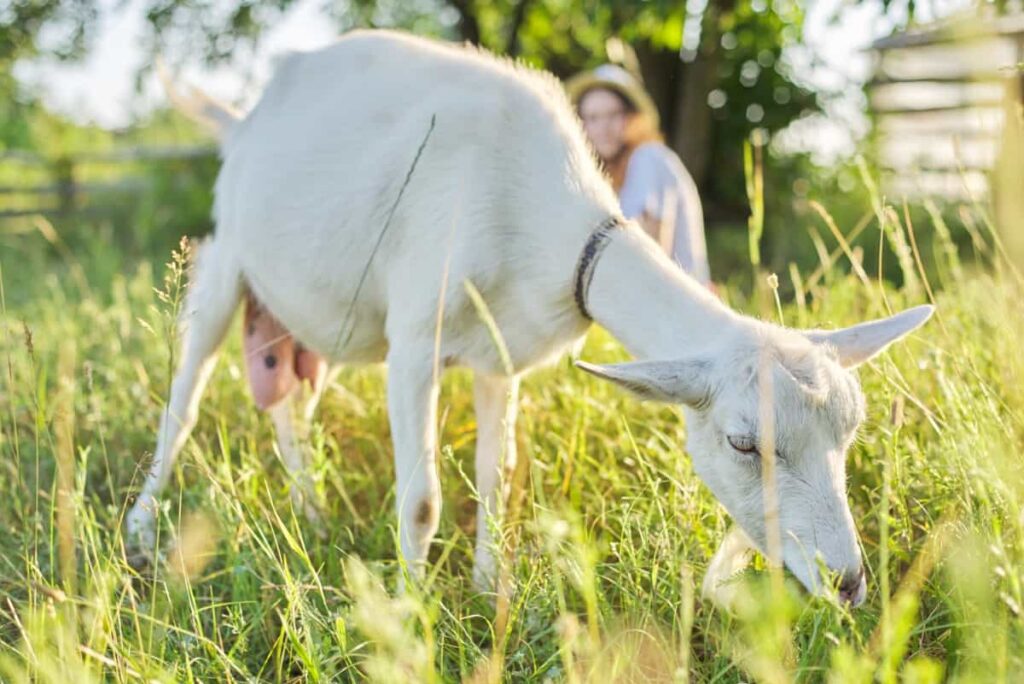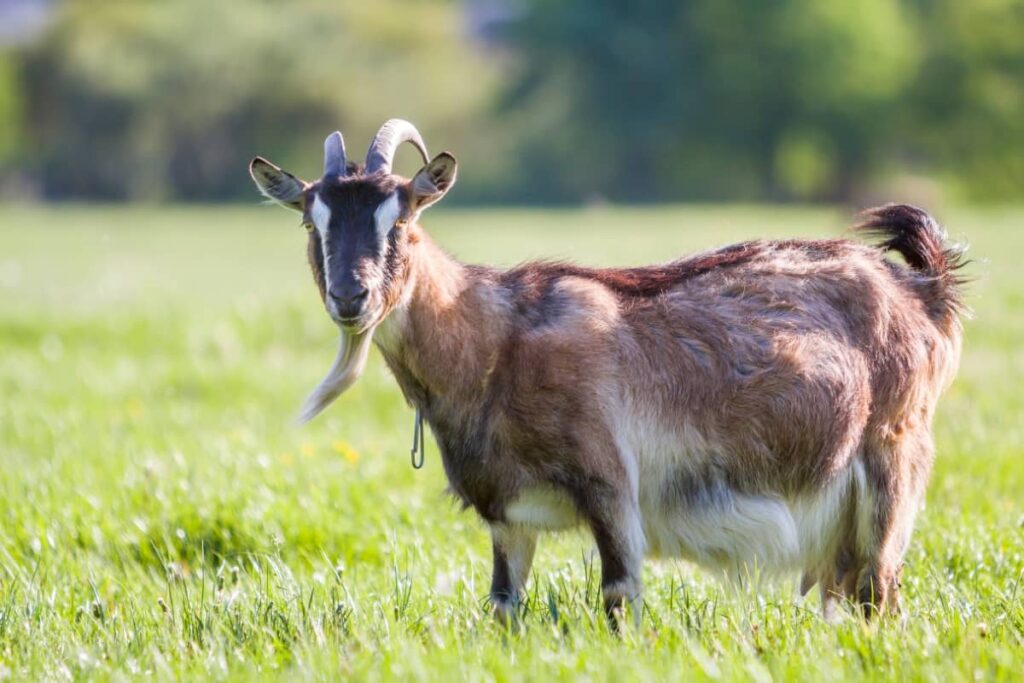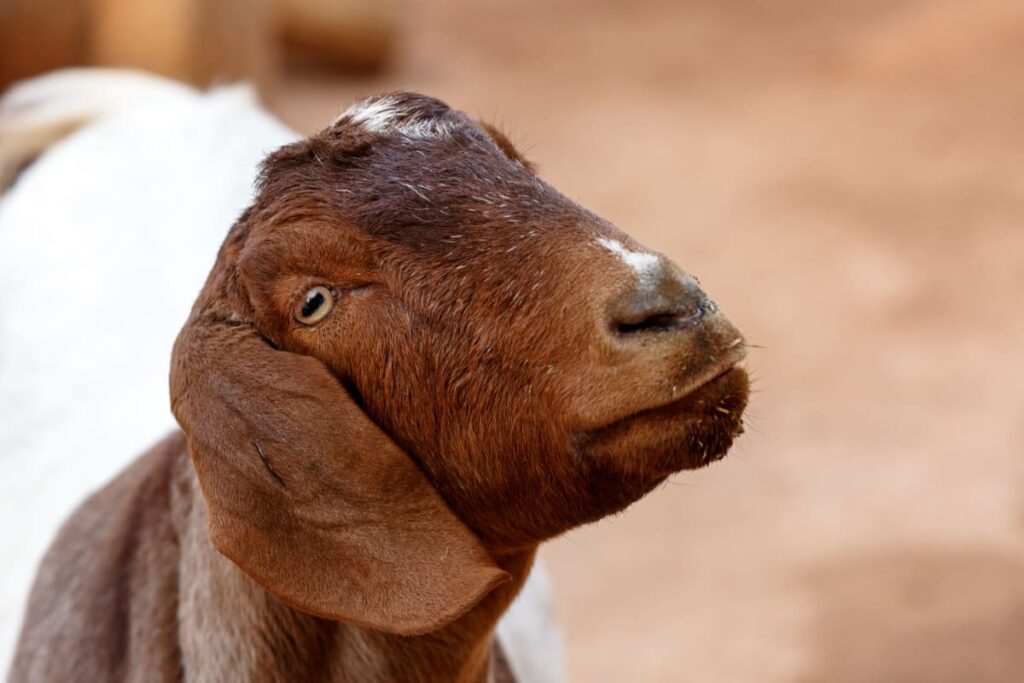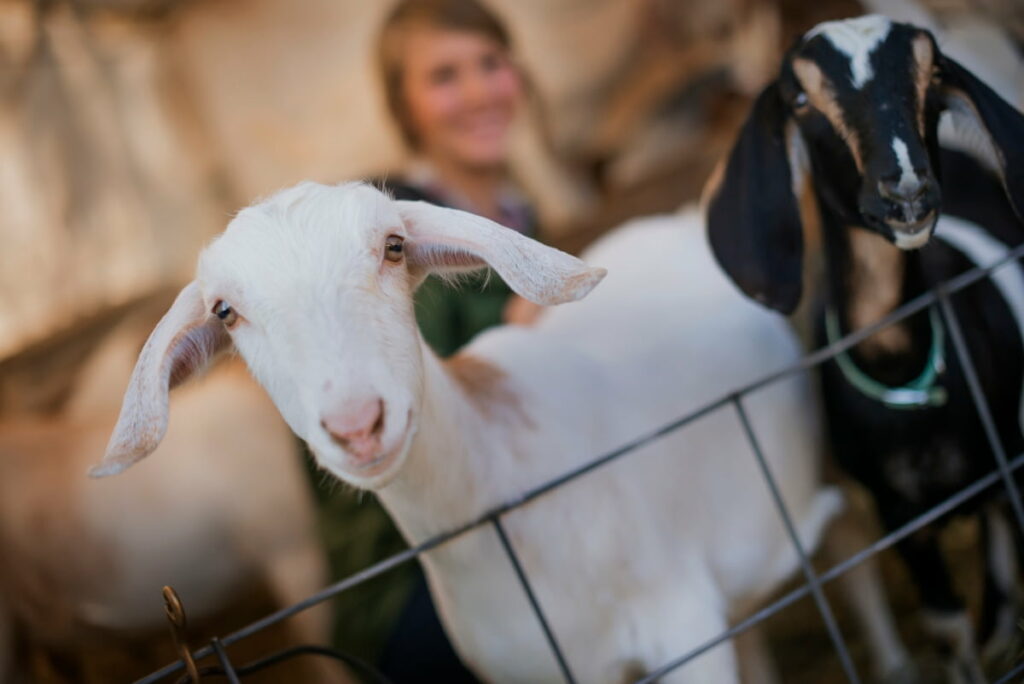Determining whether a goat is pregnant is crucial for proper care and preparation. Pregnancy signs in goats may vary, making it essential for farmers and caretakers to be observant. Common indicators include changes in behavior, appetite, and physical appearance. Additionally, monitoring the goat’s reproductive history, such as mating dates and estrus cycles, can provide valuable insights.

This guide explores key methods to identify pregnancy in goats, offering practical tips for recognizing early signs and ensuring the well-being of both the pregnant goat and her potential offspring.
How to Tell if Your Goat is Pregnant
Early Signs of Goat Pregnancy Detection: What to Look For
Early signs of pregnancy in goats are crucial to identify for proper care and management. One prominent indicator of changes in behavior is that pregnant goats may exhibit a more reserved demeanor or increased affection. Observing alterations in appetite is vital, as pregnant goats may experience either an increase or decrease in food consumption. Physically, swelling and firmness in the udder, as well as a broadening of the belly, can be indicative of pregnancy. Conducting regular veterinary checks and keeping accurate breeding records aids in confirming pregnancy.
Behavioral Indicators Of Pregnant Goats: Indicators of Pregnancy
Observing changes in a pregnant goat’s demeanor is crucial, as they often become more affectionate or reserved. Some goats may seek solitude, while others may display increased attachment to their human caretakers. Additionally, pregnant goats may exhibit heightened sensitivity or react differently to usual stimuli. Paying attention to these behavioral shifts can provide valuable insights into their reproductive status.
An increase in appetite, as well as specific cravings or aversions, can be indicative of pregnancy. Being attuned to these behavioral cues, alongside physical signs such as udder development, enables caretakers to confidently assess and respond to the unique needs of pregnant goats, fostering a healthy environment for both the expectant doe and her potential offspring.
Physical Changes In Pregnant Goats Guide
Several physical changes occur in goats during pregnancy, providing valuable clues for caretakers. One prominent indicator is the development of the udder. As the pregnancy progresses, the udder becomes more prominent and firm and may show increased vascularization.
This change is particularly noticeable in dairy goats, and it signals the preparation of the udder for milk production after kidding. Another physical change is the enlargement of the abdomen. As the fetus grows, the belly broadens, and the sides of the goat may appear fuller. This is often more noticeable in the later stages of pregnancy.
How to Perform a Pregnancy Check on Your Goat: Goat Pregnancy Check Methods Step-By-Step
- Physical Examination: A skilled veterinarian or an experienced goat owner can gently palpate the goat’s abdomen to feel for the presence of fetuses. This method is most effective in the later stages of pregnancy.
- Ultrasound: A veterinarian can use ultrasound equipment to visualize the contents of the uterus. This method allows for early detection of pregnancy and provides information about the number of fetuses.
- Blood Tests: Pregnancy-specific protein blood (PSPB) Test can detect a protein produced by the placenta during pregnancy. It can confirm pregnancy as early as 28 days post-mating.
In case you missed it: How to Start a Dairy Goat Farm in the United States: Best Dairy Goat Breeds USA

The Role of Veterinary Ultrasound for Goat Pregnancy
Veterinary ultrasound plays a crucial role in confirming goat pregnancy by providing non-invasive and accurate insights into the uterus. This technology allows veterinarians to visualize the developing fetuses, assess their viability, and estimate the gestational age. During the ultrasound examination, the veterinarian can identify characteristic features such as fetal heartbeat, movement, and positioning within the uterus. Early detection, typically within 25-30 days post-mating, is possible with ultrasound, enabling timely and precise confirmation of pregnancy.
Furthermore, veterinary ultrasound aids in determining the number of fetuses, which is valuable information for managing the upcoming kidding process. This diagnostic tool enhances the overall reproductive management of goats, allowing for tailored care and nutritional adjustments. By offering real-time visualization, veterinary ultrasound ensures accurate pregnancy confirmation. It facilitates proactive measures to support the health and well-being of both the pregnant goat and her potential offspring.
Nutritional Needs of Pregnant Goats and Care
During the first trimester, provide a balanced diet with essential nutrients, including high-quality forage and a formulated grain mix. As pregnancy progresses, increase energy and protein intake to support fetal development. Supplementing with minerals like calcium and phosphorus is essential for bone formation in growing fetuses.
Adequate vitamin and mineral supplementation, such as vitamin E and selenium, is vital for the overall health of both the doe and her offspring. Close monitoring of body condition and adjusting the diet accordingly helps prevent issues like pregnancy toxemia. Providing clean water at all times is essential, contributing to proper hydration and nutrient absorption.
Preparing for Kidding: Recognizing the Late Stages of Goat Pregnancy
As the due date approaches, physical and behavioral changes become more pronounced. The udder enlarges and becomes firm, indicating impending milk production. The belly broadens, and the doe may exhibit nesting behavior, seeking seclusion for kidding. Vulvar swelling and relaxation are common signs, suggesting the imminent onset of labor.
Behavioral shifts such as restlessness, pawing at the ground, and vocalizations may occur. Provide a clean and quiet kidding environment with proper bedding, ensuring the doe’s comfort. Regular monitoring, knowledge of these late-stage signs, and a well-equipped birthing kit contribute to a smooth kidding process, promoting the health of both the mother and newborn kids.
Common Misconceptions About Detecting Pregnancy in Goats
- One misconception is relying solely on visual cues like a distended belly, as other factors, such as obesity, can mimic this appearance.
- Another misconception is assuming goats always show clear behavioral changes; some may not display obvious signs.
- It’s also erroneous to believe that goats will consistently exhibit estrus cycles if not pregnant, as silent heat can occur.
- Also, misconceptions about the accuracy of homemade pregnancy tests or folklore methods can lead to false conclusions.
In case you missed it: Tamil Nadu Goat Farming: Current Status, Breeds, and Government Policies and Support

Breeding Records and Pregnancy Tracking: Organizing Your Goat Herd
Organizing your goat herd involves maintaining meticulous breeding records and implementing a robust pregnancy tracking system. Record mating dates and buck assignments and observe heat cycles to monitor reproductive patterns. Use a clear identification system, such as ear tags, for individual goats. Regularly update and review records to track reproductive performance.
Pregnancy tracking includes noting conception dates, ultrasound results, and expected due dates. This organized approach allows for timely interventions, nutritional adjustments, and successful kidding outcomes. Accurate breeding records form the basis for strategic breeding programs, herd health, and overall efficiency in goat management.
Post-Mating Care: Monitoring Goats for Pregnancy and Health
Observe changes in behavior, such as increased or decreased appetite, to detect potential pregnancy. Regularly check and record heat cycles, noting any irregularities. A veterinarian can perform pregnancy checks through methods like ultrasound or hormonal testing. Adjust nutritional plans to support pregnancy, ensuring proper supplementation of vitamins and minerals.
Monitor body condition closely and provide a clean and stress-free environment. Timely intervention for health issues, vaccinations, and parasite control contributes to a successful pregnancy. Diligent post-mating care ensures the well-being of the goats and sets the stage for a healthy kidding process.
In case you missed it: 21 Best Goat Farms in the USA: Top Farm Stores for Goat Milk Products along with Farm Tours, and Educational Programs

Conclusion
In conclusion, identifying pregnancy goat signs is essential for proper care and preparation. Accurate recognition of these indicators enables goat owners to provide tailored care, ensuring the health and well-being of both the pregnant doe and her potential offspring. Regular veterinary checks and a comprehensive understanding of goat behavior further contribute to successful goat husbandry and breeding programs.
- Aquaponic Farming at Home: A Step-By-Step Guide
- Profitable Village Farming Business Ideas in 2024
- High-Yield Aquaculture: Fast-Growing Fish for Farming
- Effective Fish Pond Construction Techniques for Beginners
- Irrigation and Water Management in Pineapple Farming
- Blossom to Harvest: Mastering Flowering and Pollination in Papaya Farming
- Pig Fattening Essentials: From Selection to Sale for Beginners
- Raising Wagyu Cattle: A Complete Guide for Premium Beef Production
- Soil Types and Their Water Holding Capacity
